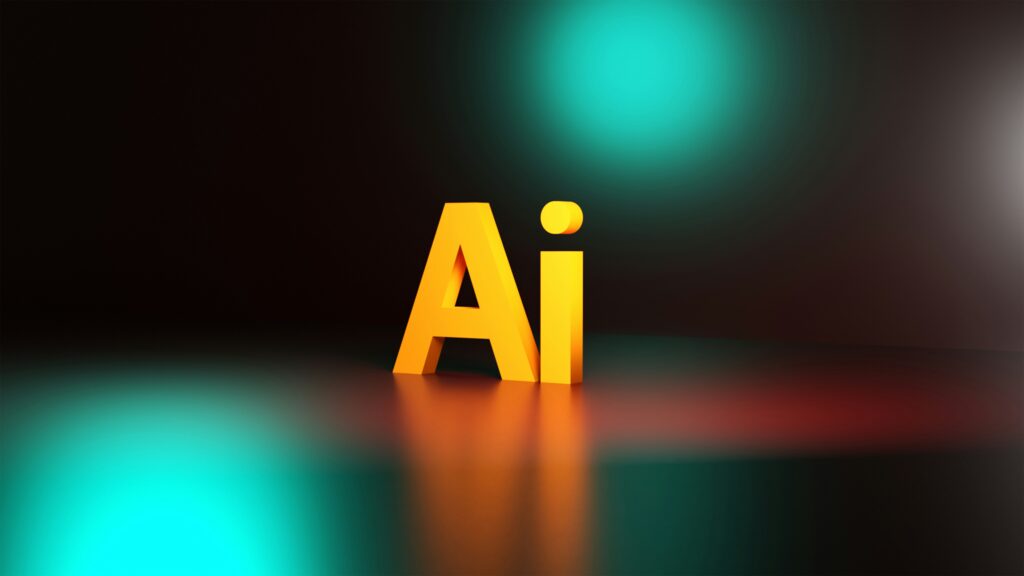The Dawn of On-Device AI Processors
The past year has marked a pivotal moment in hardware innovation, with major players like Intel, Qualcomm, and Apple spearheading the integration of dedicated Neural Processing Units (NPUs) into their latest chipsets. Intel’s Lunar Lake and Meteor Lake processors, for instance, are designed with robust NPUs capable of handling a significant portion of AI workloads directly on the device. Similarly, Qualcomm’s Snapdragon X Elite has been showcased as a powerhouse for AI PCs, promising superior performance and energy efficiency for local AI tasks. Apple’s M-series chips have also continually enhanced their Neural Engine, making their Macs and iPads incredibly potent platforms for on-device AI applications. This move signifies a clear strategic shift from relying solely on cloud infrastructure for AI computations to enabling sophisticated AI capabilities directly within our personal devices.
This dedicated hardware accelerates AI tasks, from real-time language translation to complex image generation, without the need for constant internet connectivity. The emergence of “AI PCs” as a distinct product category is a testament to this trend, emphasizing the machine’s ability to run sophisticated AI models locally. This not only speeds up processing but also significantly reduces the latency associated with sending data to and from cloud servers, leading to a smoother and more responsive user experience.
Driving Forces and Market Growth for On-Device AI
The push for on-device AI is driven by several compelling factors. Privacy is paramount; processing data locally means sensitive information never leaves the device, mitigating concerns about data breaches and surveillance. Efficiency is another key benefit, as local processing reduces reliance on bandwidth and cloud resources, leading to lower operational costs for developers and potentially longer battery life for users. Furthermore, on-device AI enables offline functionality, making powerful AI tools accessible even in areas with limited or no internet access.
Market analysts are already recognizing the immense potential. According to a recent report by Canalys, worldwide shipments of AI-capable PCs are projected to reach over 100 million units in 2024, representing 40% of the total PC market, and are expected to surpass 200 million units by 2027. This rapid adoption underscores consumer and enterprise demand for devices that can intelligently assist with daily tasks, offering a glimpse into the future where AI is an inherent part of every interaction.
Transforming User Experience and Creative Frontiers
The impact of on-device AI on user experience is profound and wide-ranging. For productivity, think of instant document summarization, intelligent email drafting, and real-time transcription during meetings, all powered by local LLMs that learn your specific context. Video conferencing will become smarter with AI-powered background noise suppression, eye-contact correction, and sophisticated virtual backgrounds that consume less power. Creative professionals will benefit immensely from generative AI tools capable of rapid image editing, video upscaling, and even composing music directly on their workstations, drastically reducing rendering times and enhancing iterative workflows.
Beyond professional applications, on-device AI will make our everyday gadgets smarter and more intuitive. Smartphones can offer more personalized recommendations, enhance photography with advanced computational imaging, and provide more accurate voice assistants that understand nuances in local dialects. Gaming could see AI-driven characters with more realistic behaviors and dynamic environments that adapt in real-time to player actions, offering deeply immersive experiences powered by local processing capabilities.
Challenges and The Road Ahead for AI Hardware
While the prospects are exhilarating, the journey to a fully AI-integrated hardware ecosystem is not without its challenges. One significant hurdle is software optimization; developers need to adapt their applications to leverage NPUs effectively, often requiring new toolkits and programming paradigms. Power consumption, despite the efficiency of NPUs compared to general-purpose CPUs/GPUs for AI tasks, remains an area of continuous improvement as models grow larger and more complex. There’s also the challenge of standardizing AI frameworks to ensure broad compatibility across different hardware platforms.
Looking ahead, experts predict an accelerated pace of innovation. We can expect even more powerful and energy-efficient NPUs, tighter integration between hardware and software, and the emergence of entirely new device categories built from the ground up for AI. The goal is to make AI ubiquitous, seamless, and deeply personal. For a deeper dive into how these generative models work and their broader implications, check out our article on Understanding Generative AI. The era of truly intelligent, client-side computing has just begun, promising a future where our devices don’t just execute commands but genuinely assist, anticipate, and empower us in unprecedented ways.

